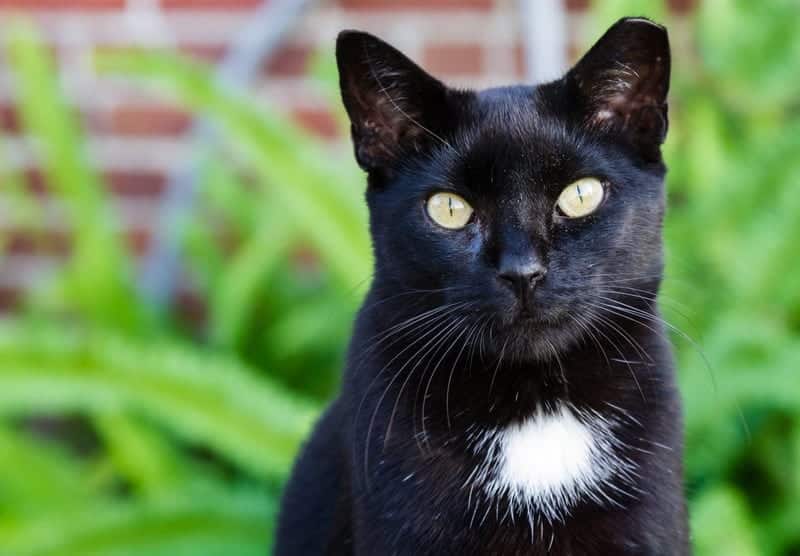A Friendship as Old as Time
Cats have been interacting with humans for thousands of years. In that time, it’s not a surprise that many misconceptions about owning a cat have become widely accepted. And their mysterious dispositions have only added to the fascination. It may surprise you that many of these commonly accepted cat “facts” simply aren’t true. In this article, we’re going to dispel the five most common misconceptions about cat ownership and present the truth about each myth.
Indoor cats don’t need to be spayed, neutered, or have vaccines.
There’s a common misconception that indoor cats don’t need to be spayed, neutered, or have vaccines since they’re not exposed to other cats. That’s actually not the case at all, according to the experts at Bond Vet. They expressed that getting your cat spayed or neutered can ultimately prevent a whole host of health and behavior issues.
And if you adopt a kitty, the best part is that often times they will be fully vetted, and they will always be spayed or neutered to help control the pet population. Spaying your female indoor cat isn’t just about preventing unwanted kittens. It also helps to prevent serious health issues like uterine cancer, mammary cancer, and ovarian cysts. Neutering your male indoor cat prevents testicular cancer and some prostate issues.
And a cat that is neutered at a young age is much less likely to spray as an adult cat, too. Not only that, but unaltered cats are more likely to mark their territory by peeing outside of the litter box. And they’re also much more likely to try to escape and run away in search of a mate. Altered cats live longer and are often friendlier in general, which makes them a better family pet. Indoor cats should also be vaccinated to protect their health. In most states, the rabies vaccine is required by law, even for cats who ever leave the house. The FVRCP vaccine (Feline Viral Rhinotracheitis, Calicivirus, and Panleukopenia) is a combination vaccine that all cats should have to protect them against certain upper respiratory viruses. These viruses can be brought into the home by other pets who do go outside, or even on the cat owner’s clothing, and make them very sick.
Pregnant women shouldn’t be around cats.
This myth stems from the fear of toxoplasmosis, which is a zoonotic disease that could cause birth defects in the developing baby if the mother contracts it during her pregnancy. But, here’s the thing. You can be around cats as much as you like during your pregnancy because the risk of toxoplasmosis actually comes from the litter box, not the cat itself. This disease can be spread through the contaminated feces and litter of cats who have been exposed. So, pregnant moms should delegate litter box chores to another family member during their pregnancy. And it should be noted that toxoplasmosis is also found in raw and undercooked meat and soil.
Cats can’t be trained.
When you think of animals performing agility and obedience trials or fun tricks the first animal that comes to mind is likely a dog. But the truth is, cats can be trained, too! Cats have been taught to perform amazing tricks in live shows, from playing musical instruments to jumping through flaming hoops. And spending time with your cat teaching him something new is a great way to strengthen your bond. And it doesn’t always have to be about entertainment. You can use positive reinforcement to teach your cat lots of useful things, like using the litter box, staying off the kitchen counter, or not to scratch on the living room furniture. Just like any other animal, training a cat takes patience and time, but it most definitely can be done!
Cats are unfriendly and aloof.
Somehow, many people believe that cats are aloof, unfriendly, and don’t care about their humans. Many people mistakenly believe that dogs are more affectionate. This is a misconception that likely comes from the fact that cats don’t generally set out to please their owners in the same way dogs often do. The truth is most cats are extremely affectionate and love attention from their humans. They enjoy playtime as much as any dog, and many even enjoy brushing and grooming. Every cat has its own distinct personality, just like dogs. Sure, some are aloof, but many are loving, engaging, and even funny additions to the family. In general, cats are loyal, loving pets who form strong bonds with their family.
Cats and dogs never get along.
We’ve all heard the saying, “They fight like cats and dogs!” It’s a common misconception that the two species just don’t mix, and they can’t live together. But the truth is, many households have cats and dogs who coexist just fine together. In many cases, they even form a bonded and affectionate relationship. That being said, bringing a new animal into the household always requires a period of adjustment, no matter what species. With some time and lots of patience, cats and dogs can be very happy and productive members of the same household.
Haters Gonna Hate
Cats are truly wonderful, loving creatures, so don’t let the misconceptions that have plagued them for centuries prevent you from bringing a cat into your family. Separating fact from fiction will help you be a better pet parent, too. These adorably peculiar animals will never fail to entertain you and provide loving companionship.
About the Author
Nicole McCray
Nicole is a die-hard animal lover who has worked in pet care for years. She is a former vet technician, a dog mom to her two rescue pups, and she grew up living and working at her family's pet boarding facility. She loves using her writing talents to share the insight she's learned throughout her career in the hopes that her knowledge can help other pet parents out there!









